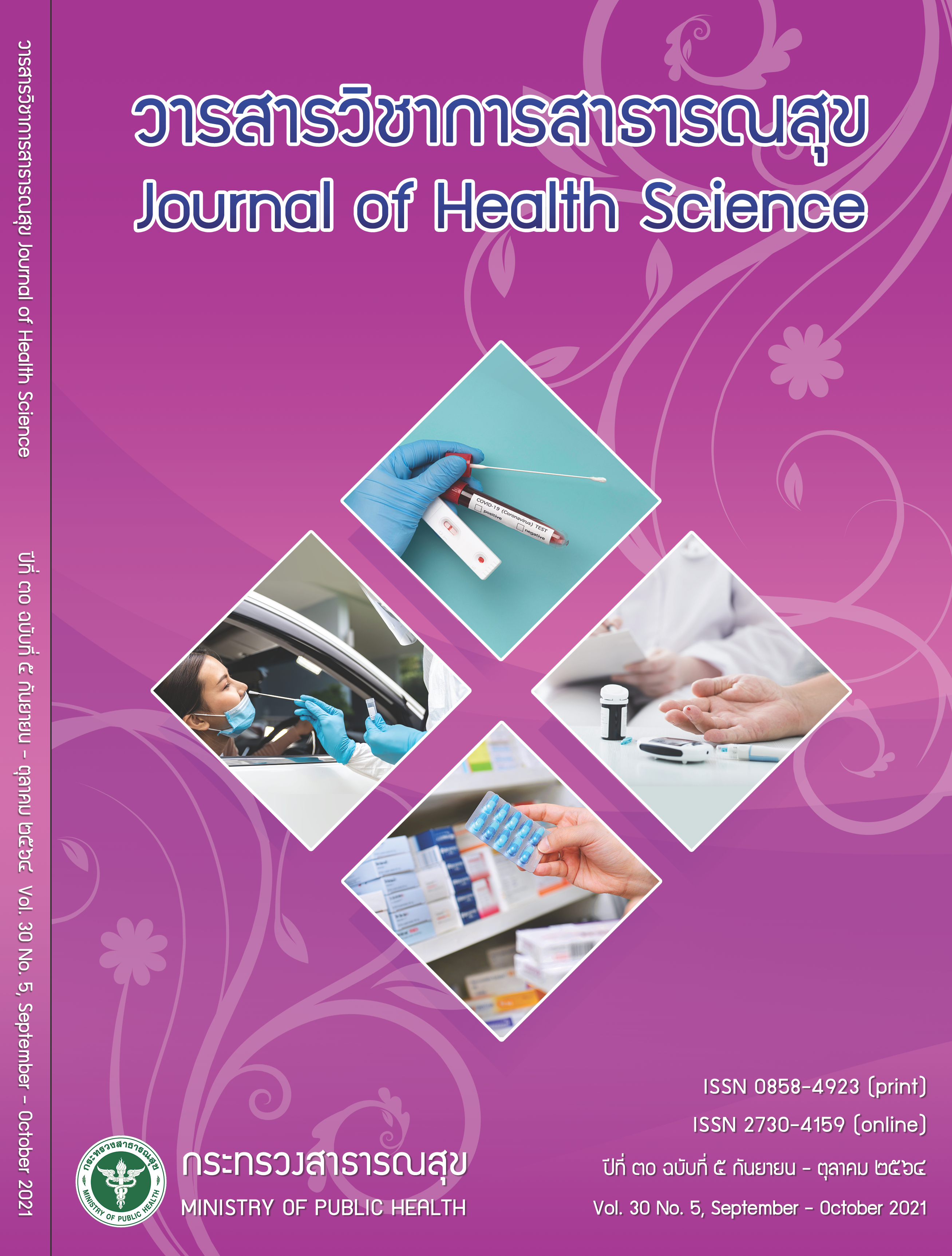Forecasting of Seasonal Leptospirosis Associated with Climate Factor for Thailand during 2010-2018
Keywords:
leptospirosis, seasonality, rainfall, temperature, forecastingAbstract
In this research, we aimed to study the seasonality of leptospirosis and its forecasting in Thailand
using data from the years 2010-2018. We studied the relation of the satellite data of cumulative rainfall
and average temperature with the leptospirosis cases using Spearman’s correlation. The cross-correlation
between climate factors at different time lag with the leptospirosis cases, classified by the 6 regions of
Thailand, were studied to find the factors involved. Then, we developed a model to predict the occurence
leptospirosis outbreaks using the Generalized Linear Models. As for the results, we found a similar seasonal pattern for Northern, Northeastern, Central, and Eastern regions, in which the high number of cases
occurred during the rainy season and early winter season. A different pattern was observed in the Southern-West coast and Southern-East coast regions. We also found that the rainfall factor could improve the
model to study the leptospirosis outbreak in all regions except the Southern-West coast region. The Odds
Ratio for rainfall factor range from 1.0001 to 1.0004. The temperature factor could improve the model
in all regions where the Odds Ratio ranged from 0.9484-1.0832. Our final models showed the different
lagged effects of rainfall and temperature on leptospirosis in the 6 regions. Thus, the local specific control was important to reduce the leptospira infection. Our models should be useful for the development
of warning system strategies to control the leptospirosis outbreak. Furthermore, the knowledge of these
models could be applied in the forcasting of other diseases related to climate factors.
Downloads
Downloads
Published
How to Cite
Issue
Section
License

This work is licensed under a Creative Commons Attribution-NonCommercial-NoDerivatives 4.0 International License.







